Choosing the Best Tow Vehicle -- Part 1

You can tow a kayak on a matching ultra-light trailer with the smallest of compact cars, but as boats get larger, the need for towing capacity increases rapidly. Matching the vehicle to the load is critical, not only so that you don’t have expensive mechanical problems but also so that you can tow safely and confidently.
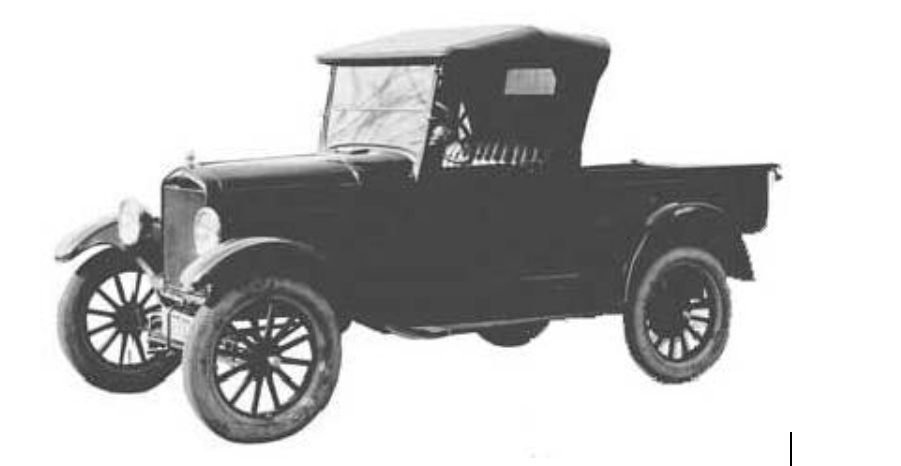
Fortunately, there’s a wide variety of quality vehicles suitable for towing most any boat, with the largest and best-equipped capable of towing up to almost 40,000 lb (18,143 kg).
The key to not having issues is to choose a tow vehicle matching the size and weight of your fully-equipped boat and trailer, always opting on the side of excess capacity: in this case, too much is far, far better than too little. (I say this as a guy who ruined several transmissions over a long lifetime of towing.)
Towing Capacity
The towed weight of your rig is equal to the combined weight of the boat and motor, the trailer, the fuel - very significant if your 32 footer holds 200 gallons - and all the batteries, ice, fishing tackle and other gear that accumulates aboard.
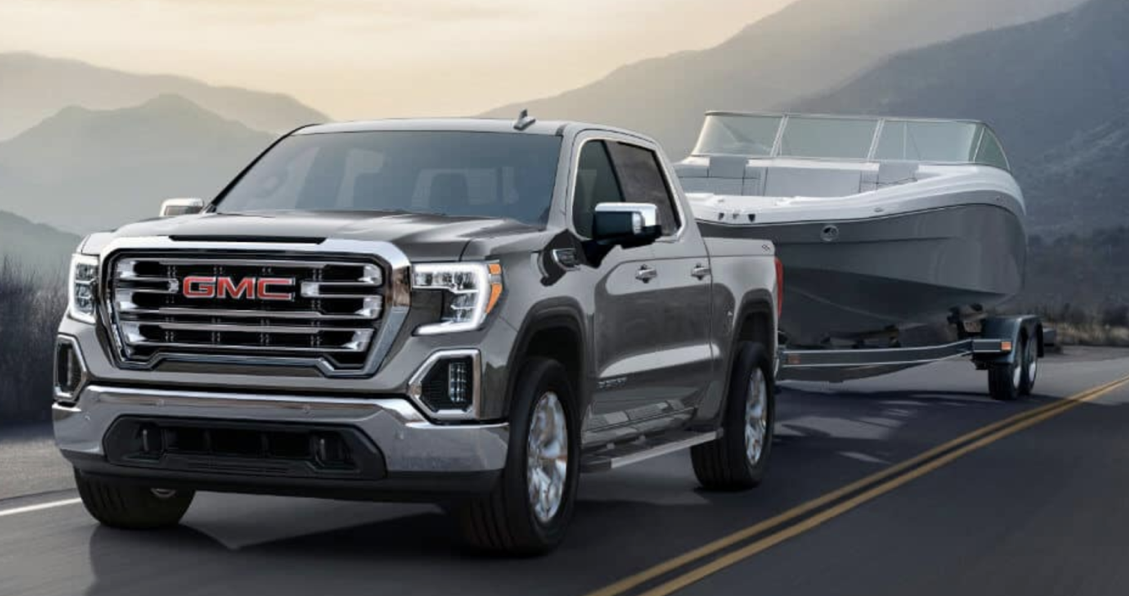
All vehicles suitable for towing list the “Towing Capacity” somewhere in the manufacturer’s specifications. This capacity is accurate only if you opt for the “tow package” in most cases, which will include a lower ratio rear-end, perhaps a transmission cooler and other extras.
It’s always better to have far more than the minimal listed towing capacity for a trailer/boat package.

While towing the max might be fine if you live five miles from the ramp, if you suddenly decide to make a 500-mile vacation jaunt to the Florida Keys, you’re likely to run into trouble along the way.
Don’t ask how I know this.
Trucks Vs “Sport Utility” Vehicles
Most small and mid-size Sport Utility Vehicles, SUV’s, are built on passenger car frames. This limits the towing capacity, typically to under 6,000 lb. (2,721 kg)—and again, if you tow the maximum weight very far, you’ll probably have transmission problems before long.
Maybe immediately if the load is large enough.
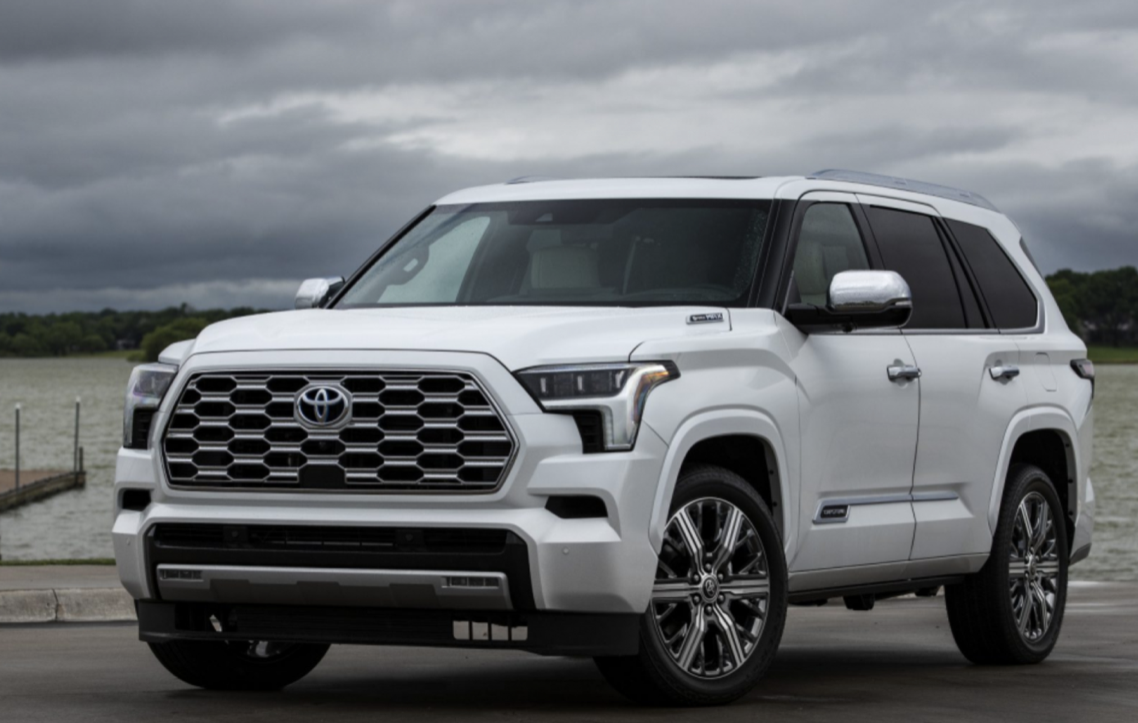
If you’re towing anything larger than a medium-sized bass boat, it’s better to opt for a pickup truck or a full-sized SUV. The big SUV’s are typically built on truck frames and have most of the associated muscle that makes them much more capable for towing anything over 3 tons total weight.
Front Wheel vs. Rear Wheel Drive
Rear wheel drive wins for towing because the rear wheels carry much of the trailer tongue load in most vehicles, and also because the weight of the vehicle naturally shifts rearward on steep ramps. Both factors improve the traction of the rear tires and give you a better chance of not spinning the tires on tough ramps.
Most front-wheel drive transmissions and drive trains are much less robust than the transmissions used in rear-wheel drive vehicles, as well.
Four-Wheel Drive vs. Two-Wheel Drive
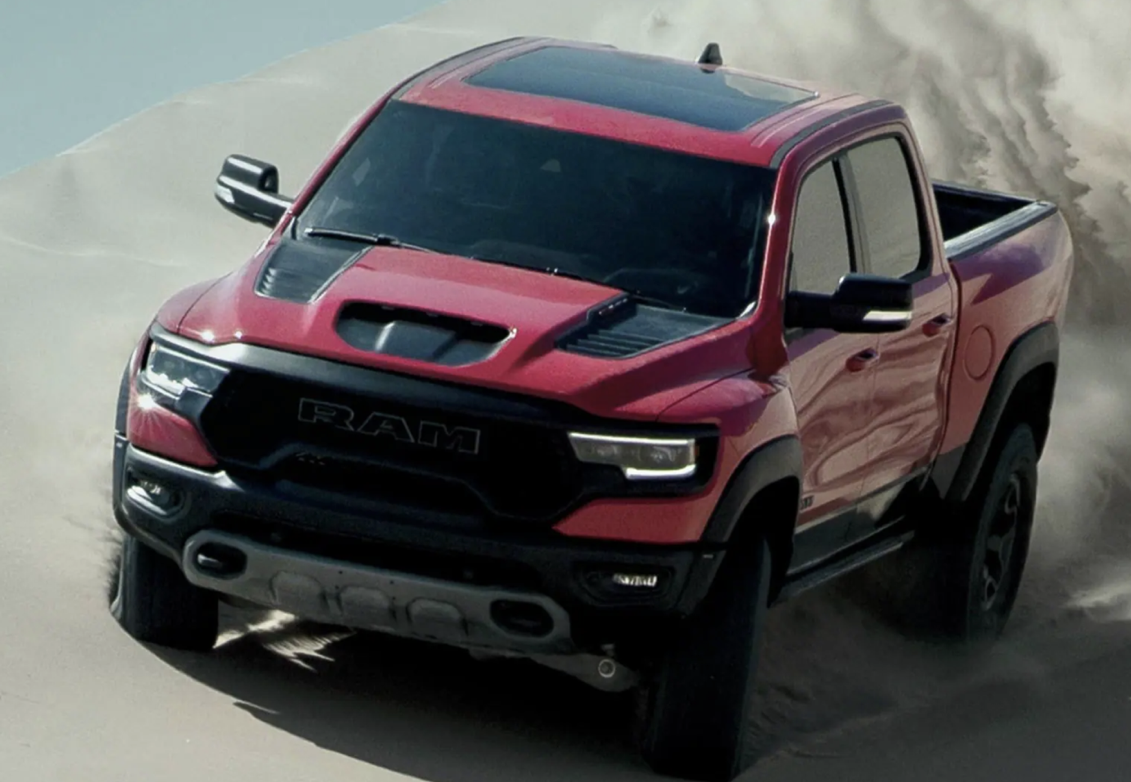
While it might seem logical that a 4WD vehicle would be great for towing, that’s not necessarily the case. They have a lower maximum payload because of the power required to turn the extra set of wheels. And of course you don’t want to tow at highway speeds with the 4WD kicked in—this often results in expensive problems.
However, if you frequently launch in back-country off dirt or gravel ramps, by all means the 4WD will be a winner because you’ll almost surely get stuck with 2WD. On extremely steep mountain country ramps, 4WD can also be a plus.
But for towing larger boats at highway speeds and launching from most paved ramps, opt for 2WD.
Gas vs. Diesel
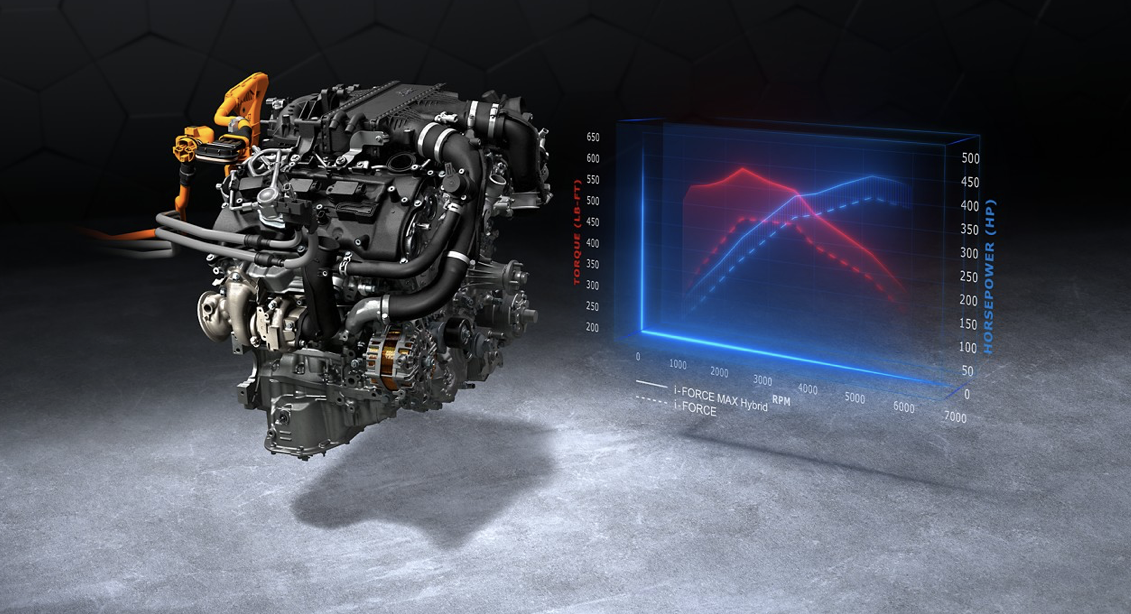
Just as in boats, the heaviest loads are best moved extended distances by diesel power. The engines have considerably greater torque and are much more durable. Modern truck diesels are very user-friendly, as well, with reduced noise levels and minimal emissions.
And of course they have the legendary diesel durability, with 200,000 mile plus life spans the norm.
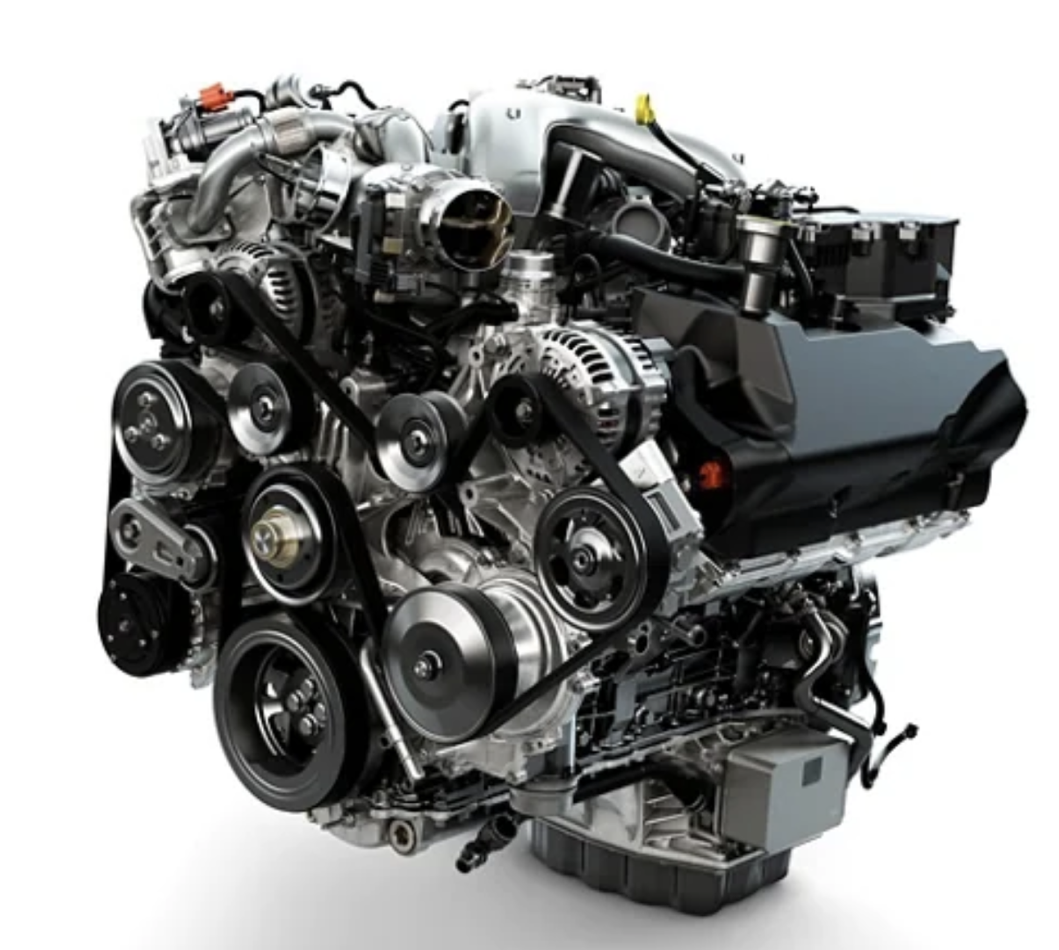
They are more expensive than gasoline engines, however, and you won’t have any trouble knowing when the engine starts. While they’re not nearly as noisy as they used to be, they’re still a lot louder than gas engines.
Gas engines have the advantage of being cheaper, quieter and generally less temperamental than diesel, as well as somewhat lighter, all advantages unless you absolutely need the increased muscle available with diesel.
Or just love the smell of diesel fuel in the morning.
Gear Ratio and Transmissions
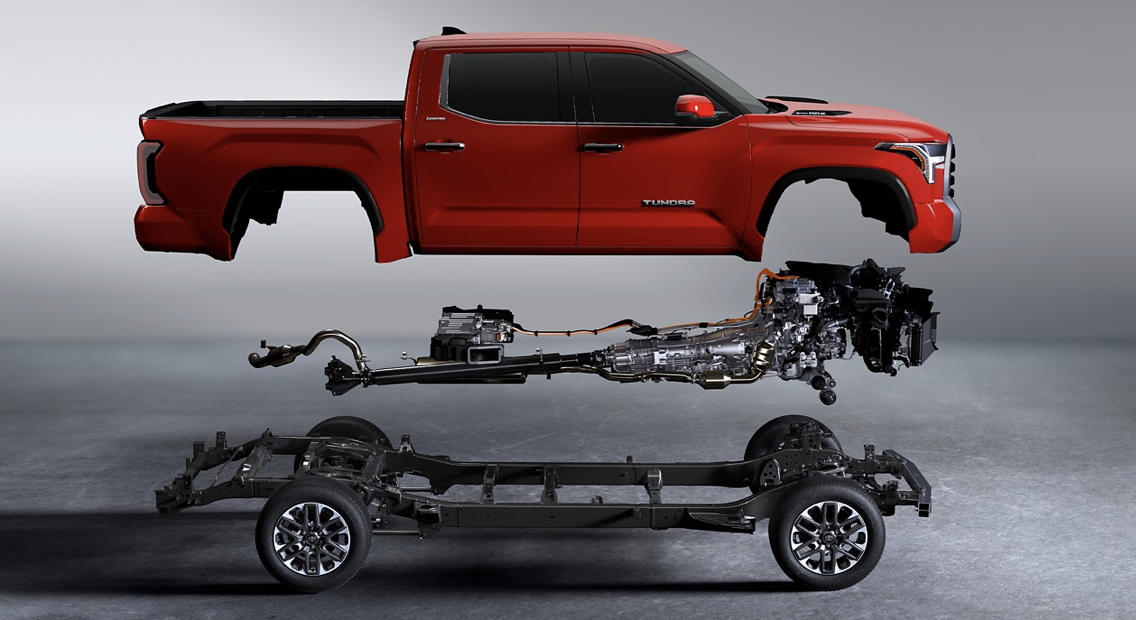
The heavier the trailer being towed, the lower the axle ratio should be for good performance. For boat and trailer rigs up to 5,000 lb (2,268 kg), the engineers say a 3.73:1 rear-axle ratio is sufficient. For 10,000-lb (4,535.9 kg) boat/trailer combination, a 4.10:1 or 4.30:1 ratio would be better. For most towing applications, choose at least a ratio of 3.50:1.
The era of the three-speed transmission is long over. Modern truck and SUV automatic transmissions have up to 10 available speeds, all selected automatically to keep the engine operating at its most efficient rpm and keep the torque flowing when it’s needed.
In general, more gear range is better for towing, though a robust build is more important in the long run than having an extra downshift or two available.
Special Equipment
A ‘trailering package’ usually means you automatically get a lower rear-end ratio, a transmission cooler and a class 2 or 3 hitch and wiring.
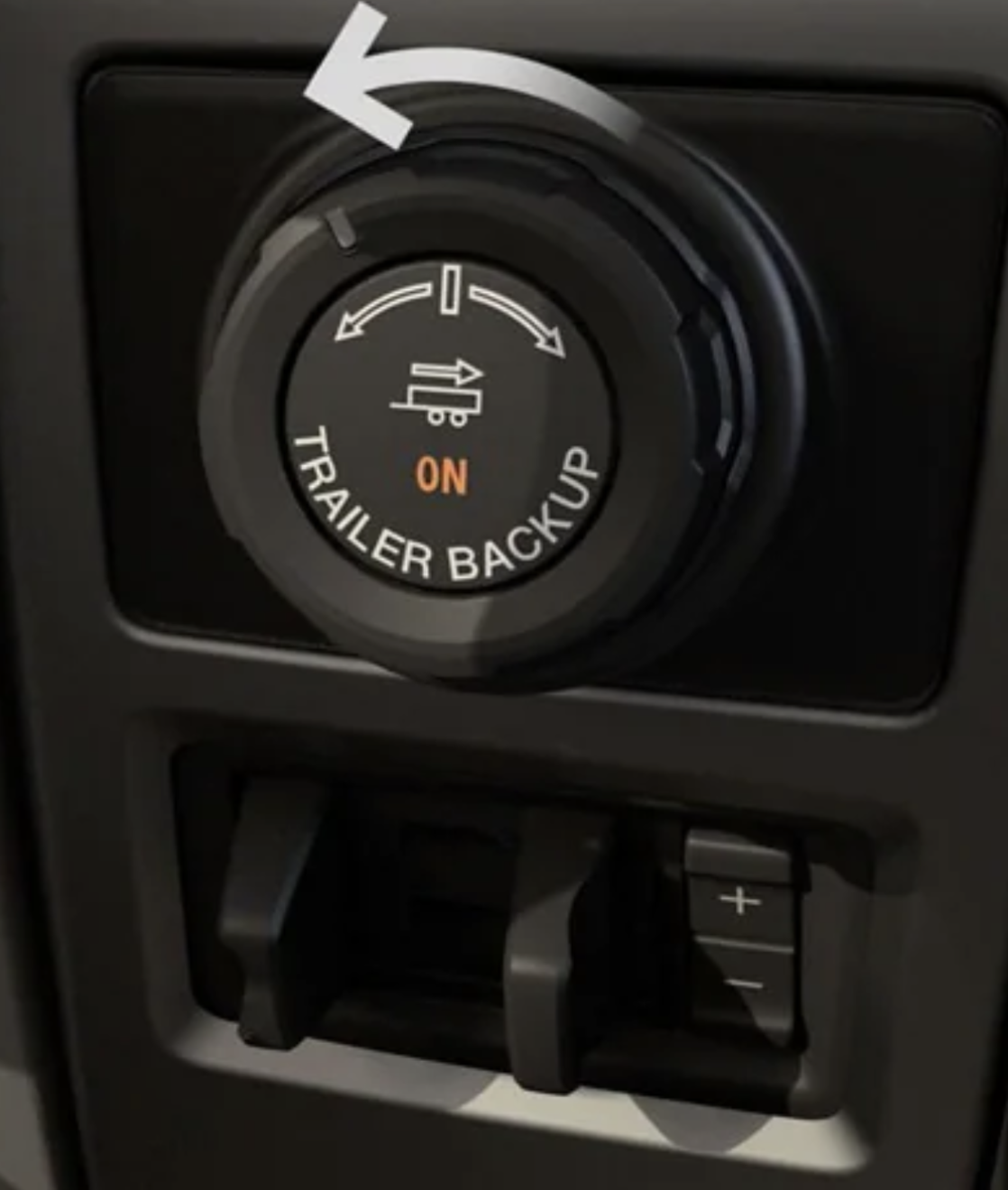
Many tow packages also now include multiple cameras so that you can see the trailer as you back up, and steering AI systems to show you exactly how to steer to put it just where you want it.
Ford’s “Pro Trailer Backup Assistance” makes backing up almost automatic. Well, not almost. It does it for you after you aim the knob where you want the trailer to go via the rearview camera.
What’s not to like?
Chevy/GMC also offers backup cameras and guidance in backing, but not the automatic steering feature thus far.
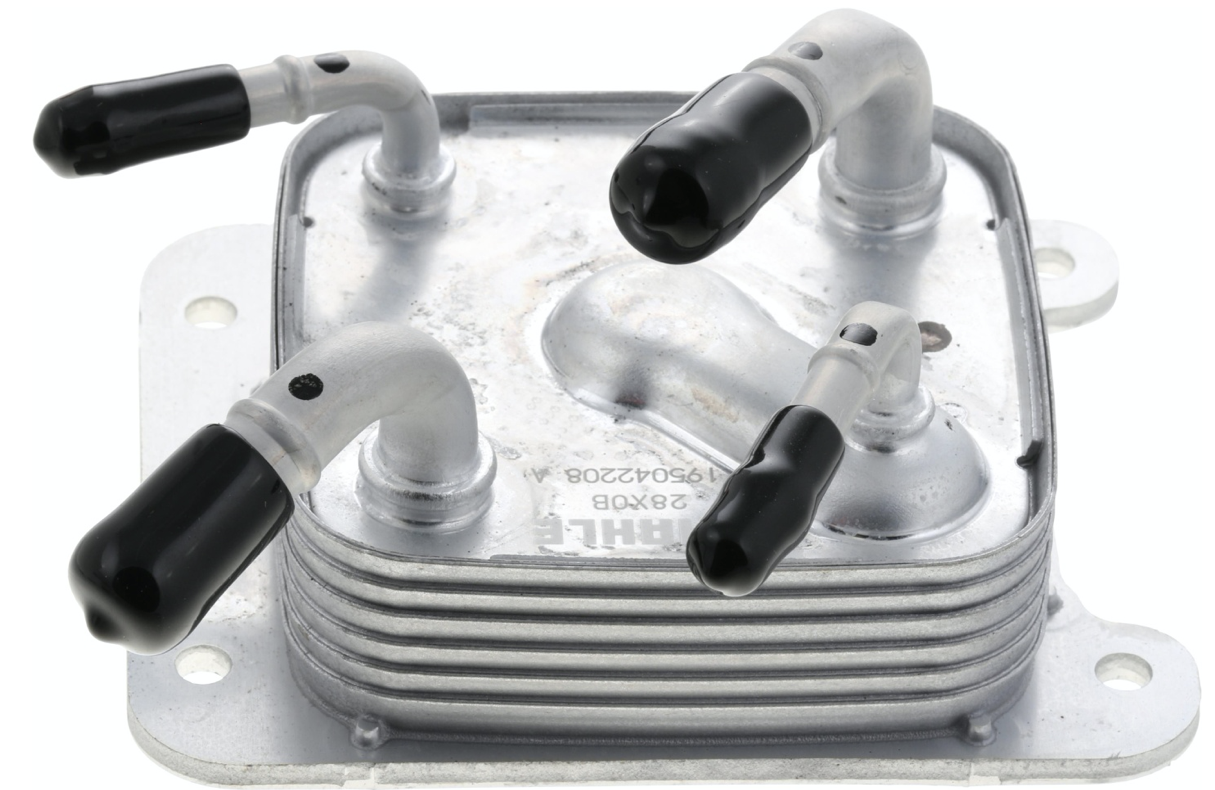
You may want a transmission cooler. This is much like a heat exchanger in a marine engine, except it circulates transmission fluid. Hot transmission fluid flows through the unit and comes in contact with a series of fins or plates. Some function with an add-on to the radiator.
The resulting heat dissipation cools the liquid as it cycles back into the transmission, which lives much longer as a result.
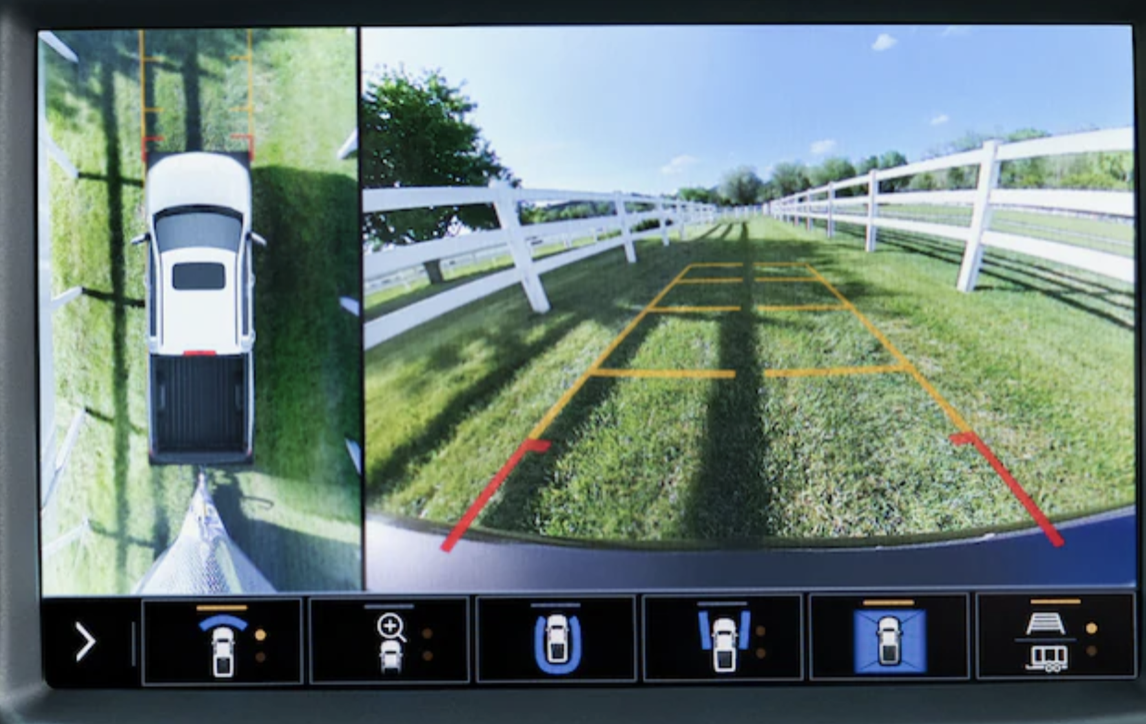
Other likely options for trailering will include an oversized radiator, oversized mirrors and a rearview camera, useful for hitching up on your own as well as backing the trailer.
Put it all together and you’ll have a dependable tow vehicle that’s easy to handle, and that will give you years of trouble-free service no matter how often you tow.
In Part 2, we’ll look at some of the best tow vehicles on the market today, whether you tow a small boat or a jumbo.